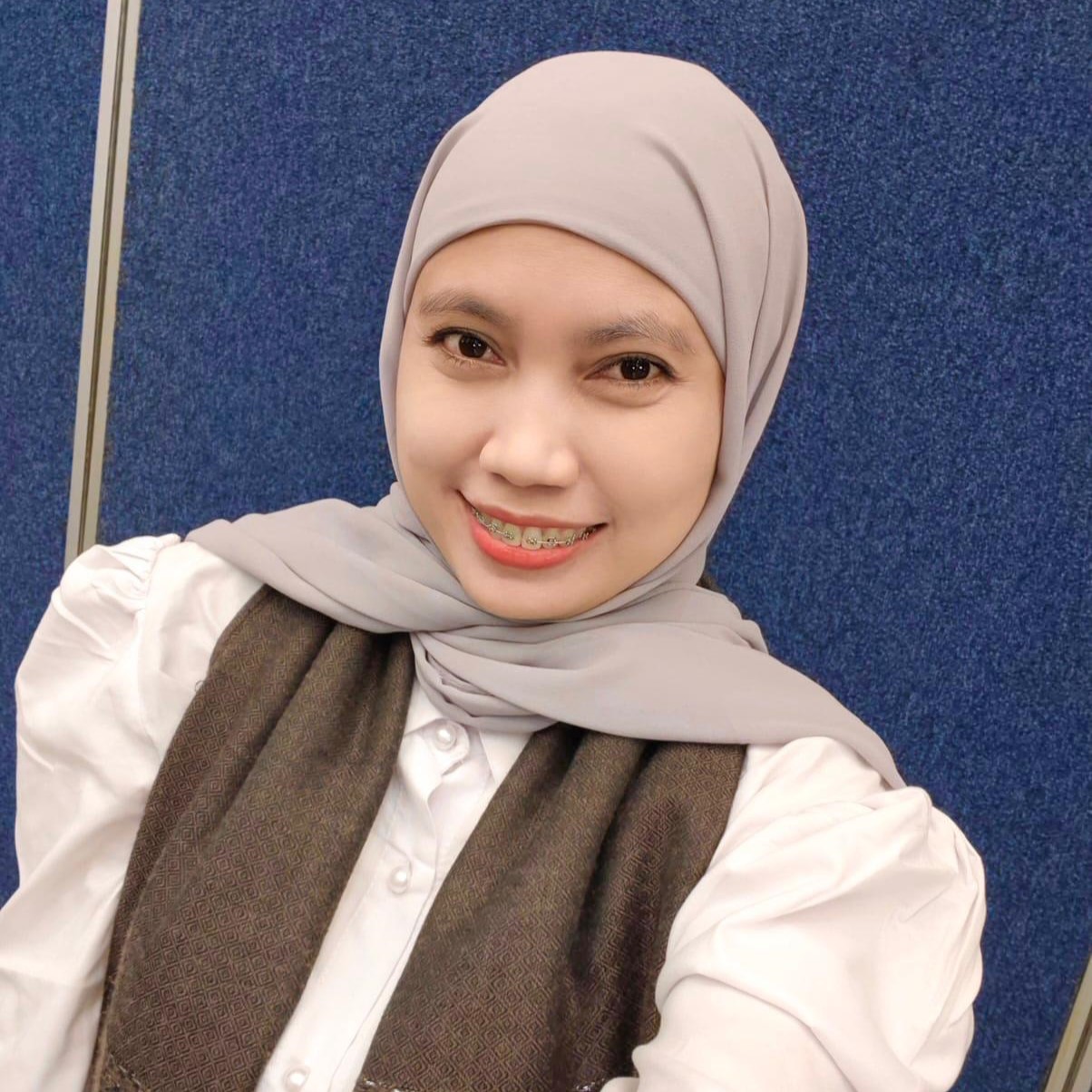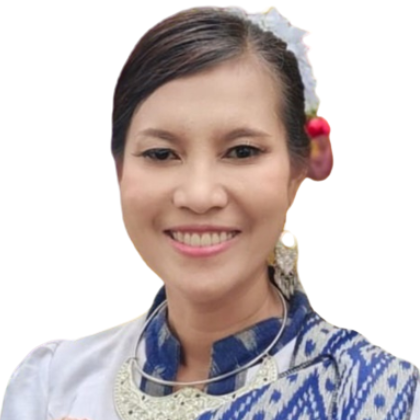Hambatan Bidan Dalam Penggunaan Aplikasi SI CANTIK
Downloads
Latar Belakang: Salah satu upaya Dinas Kesehatan Kabupaten untuk menurunkan angka kematian ibu pada tahun 2018 adalah evaluasi dan optimalisasi Penakib melalui aplikasi SI CANTIK Namun sampai Desember 2019 jumlah bidan yang selalu menggunakan aplikasi SI CANTIK hanya sebanyak 62 orang (15,7%) dari 394 orang.
Tujuan: Tujuan penelitian ini adalah untuk menganalisis hambatan bidan dalam menggunakan aplikasi SI CANTIK di wilayah kerja 8 puskesmas Kabupaten Sidoarjo.
Metode: Penelitian berjenis observasional dengan rancang bangun cross sectional dan pendekatan deskriptif kuantitatif. Sampel penelitian adalah 32 bidan yang diambil melalui teknik purposive sampling. Data dianalisis dengan analisis statistik deskriptif.
Hasil: Hanya 16 responden (50,0%) yang selalu menggunakan aplikasi SI CANTIK. 19 responden (59,3%) merasa hambatan terbesar adalah hambatan yang disebabkan aplikasi. 6 responden (18,8%) terhambat karena aplikasi SI CANTIK menghabiskan waktu lama. Hasil tabulasi silang menyatakan adanya korelasi positif antar kedua variabel.
Kesimpulan: Terdapat korelasi positif antara frekuensi dengan hambatan penggunaan aplikasi SI CANTIK karena belum semua bidan selalu menggunakan aplikasi SI CANTIK dan hambatan terbesarnya adalah hambatan yang disebabkan oleh aplikasi. Dinas Kesehatan perlu menkaji ulang aplikasi SI CANTIK dan mengadakan pelatihan. Puskesmas perlu menindaklanjuti pelatihan serta memastikan bidan mendapatkan jaringan internet yang memadai.
ABSTRACT
Background: One of Sidoarjo District Health Office efforts to reduce maternal mortality in 2018 was Penakib evaluation and optimization through the SI CANTIK application. But until December 2019 the number of midwives who always used SI CANTIK application was only 62 people (15.7%) out of 394 people.
Objectives: The purpose of this study was to analyze the midwife obstacles in the usage the SI CANTIK application in the work area of 8 Sidoarjo health centers.
Methods: The research type was observational with cross sectional design and quantitative descriptive approach. The sample study was 32 midwives taken through purposive sampling technique. Data were analyzed using descriptive statistical analysis which is the chi square test.
Results: The results showed that there were 16 respondents (50.0%) who always used SI CANTIK application. 19 respondents (59.3%) felt the biggest obstacle in the usage of SI CANTIK application was caused by the application.
6 respondents (18.8%) among them thought the usage of SI CANTIK application took a long time. While the results of the chi square test in cross tabulation concluded that there is a significant relation between frequency and
obstacles in usage of the SI CANTIK application.
Conclusions: There is a significant relation between frequency and obstacles in usage of the SI CANTIK application. However, not all midwives always use the SI CANTIK application and the biggest obstacle is the obstacle caused by the application. The Health Office needs to review the SI CANTIK application and conduct training. Public health center need to follow up training and ensure midwives get adequate internet networks.
Dinas Kesehatan Kabupaten Sidoarjo. Profil Kesehatan Kabupaten Sidoarjo Tahun 2017. (Dinas Kesehatan Kabupaten Sidoarjo, 2017).
Dinas Kesehatan Kabupaten Sidoarjo. Profil Kesehatan Kabupaten Sidoarjo Tahun 2018. (Dinas Kesehatan Kabupaten Sidoarjo, 2018).
Ludyaningrum, R. M. Analisis Penerimaan Pengguna Sistem Informasi Sidoarjo Cegah Angka Kematian Ibu dan Anak (SI CANTIK) Di Kabupaten Sidoarjo. (Universitas Airlangga, 2018)
Pramiyati, T., Jayanta dan Mahfud, H. Analisis Tingkat Penerimaan Pengguna Terhadap SIMBUMIL (Hasil Survei Penerimaan SIMBUMIL di Puskesmas Mandalawangi', Jurnal Ilmu Komputer dan Informatika, 5(1), 61–67 (2019).
Sari, W. D., Papilaya, F. S. dan Manuputty, A. D. Evaluasi Pengendalian Aplikasi pada Sistem Informasi Keuangan dan Akuntansi Satya Wacana (SIKASA), Jurnal Sistem Informasi Indonesia, 2(1), 1–13 (2017).
Purwo, N. W., Sugiarti, Y. dan Sutanto, A. C. Evaluasi Application Control Pada Sistem Pembelian CV.X, Jurnal Ilmiah Mahasiswa Universitas Surabaya, 2(1), 1–13 (2013).
Kushariyadi. Perawatan Daya Ingat Lansia Menggunakan Slow-Stroke Back Massage di Unit Pelaksana Teknis Panti Sosial Lanjut Usia Kabupaten Jember', NurseLine Journal, 1(1), 100–112 (2016).
Muslim, B. Analisis Sistem Informasi (SI) Terintegrasi DI Perguruan Tinggi (PT)', JUTIM, 10(2), 83–91 (2018).
Purnamaningsih, Erhan, T. P. dan Rizkalla, N. Faktor-Faktor yang Mempengaruhi Penggunaan Application-Based Short Distance Delivery Service Telaah Pada Onlineshop Di Area Jabodetabek', ULTIMA management, 10(2), 110–119 (2018).
Putri, R. A. dan Jumhur, H. M. Peminat Aplikasi Blibli.com dengan Menggunakan Model Unified Theory of Acceptance and Use of Technology (UTAUT), Jurnal Riset Bisnis dan Manajemen, 12(1), 16–23 (2019).
Widagdo, P. P. dan Susanto, T. D. Pengaruh Kesesuaian Teknologi Pada Tugas (Task Technology Fit) Terhadap Kinerja Individu dalam Menggunakan Teknologi Informasi (Studi Kasus: Universitas Mulawarman), Prosiding Seminar Nasional Manajemen Teknologi XXIII, C(14), 1–12 (2015).
Media Gizi Kesmas by Unair is licensed under a Creative Commons Attribution-ShareAlike 4.0 International License.
1. The journal allows the author(s) to hold the copyright and to retain the publishing right of the article without restrictions.
2. The legal formal aspect of journal publication accessibility refers to Creative Commons Attribution-Share-Alike (CC BY-SA).
3. The Creative Commons Attribution-Share-Alike (CC BY-SA) license allows re-distribution and re-use of a licensed work on the conditions that the creator is appropriately credited and that any derivative work is made available under "the same, similar or a compatible license”. Other than the conditions mentioned above, the editorial board is not responsible for copyright violations.



















